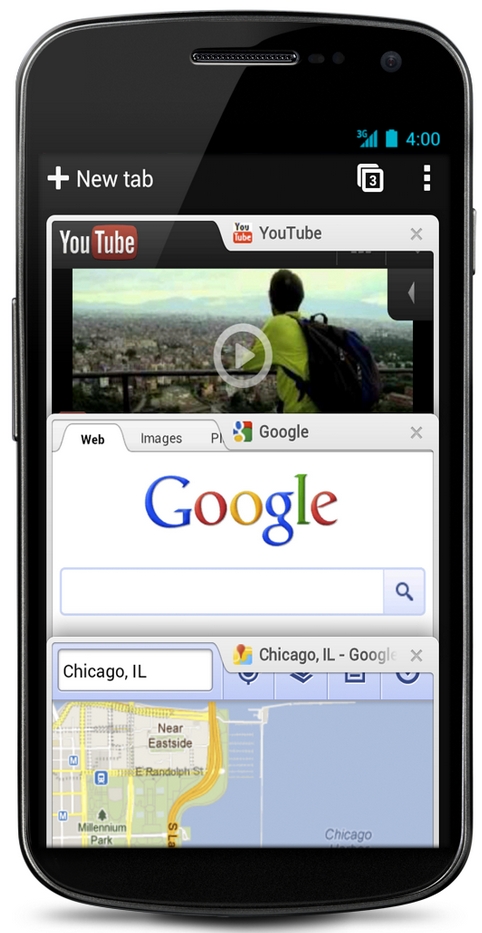
Sick and tired of the same old desktop browsing experience? Are you constantly logging into your Facebook and Twitter accounts and checking up on your latest RSS feeds? If you answered “yes” to one or both of these questions you might want to give RockMelt a spin. RockMelt, backed up Netscape founder Marc Andreeseen, is a modern browser with a social twist. First off, it’s fast. It’s built on Chromium, the open source project behind Google’s Chrome browser; so if you’re used to Chrome browsing speeds, you know what to expect. Here’s the social aspect. To use RockMelt you must sign into it with your Facebook account; that’s right–it’s the very first web browser you sign into. But there’s an upswing to this; you can access your browser information, including social integration, RSS feeds, and more, on any computer that has RockMelt installed. Social integration, right. So you log into the browser using your Facebook account. The left side of the browser populates a list of your Facebook friends and you can chat with them, send and receive messages, and view status updates. The right side of the browser stores your Twitter followers and their updated tweets, along with a running list of website icons representing individual RSS feeds so you can keep tabs on your most frequently visited sites. RockMelt boasts “push notifications” meaning that it will keep track of and alert you to updates from Facebook, Twitter, and RSS feeds. The browser also promotes URL sharing among your connected social networks; there’s a built-in URL shortener that’ll push your favorite sites and posts to friends. Search is faster, too. Worried about privacy? Don’t be. RockMelt developers promise that login information and settings are encrypted before they are sent over to RockMelt servers for cloud storage.
Want to get in on the RockMelt craze? The browser is currently in beta (so expect numerous bugs pop up) and the developers are enabling the Internet at large to participate in an early access hands on with it, so along as you’re willing to fork over your Facebook username and password (remember, that’s required to use the browser). Hop over to the RockMelt homepage to “connect for an invitation.” It runs on Windows and Mac. Look after the break for a video demonstration to learn more about RockMelt. For beta software it runs pretty well, and if you’re a heavy Facebook/Twitter user you’ll surely appreciate the social integration aspect.
[Via RockMelt] Continue reading RockMelt, a modern browser with a social twist →




